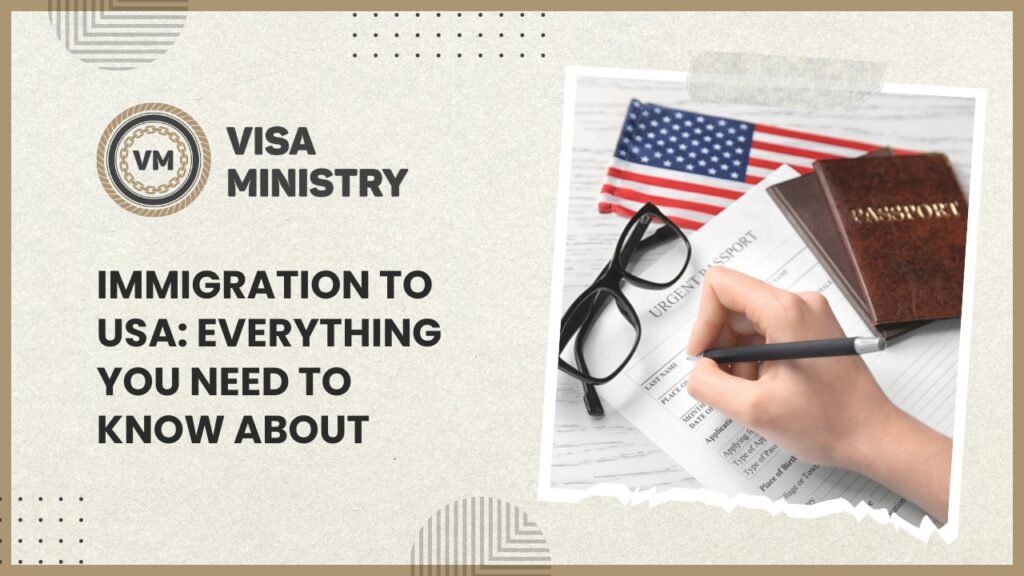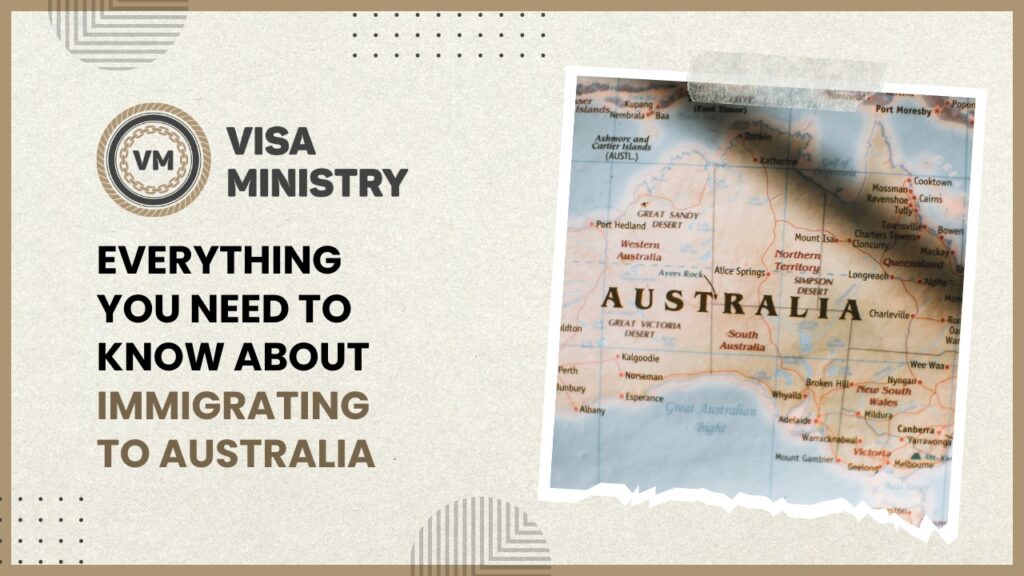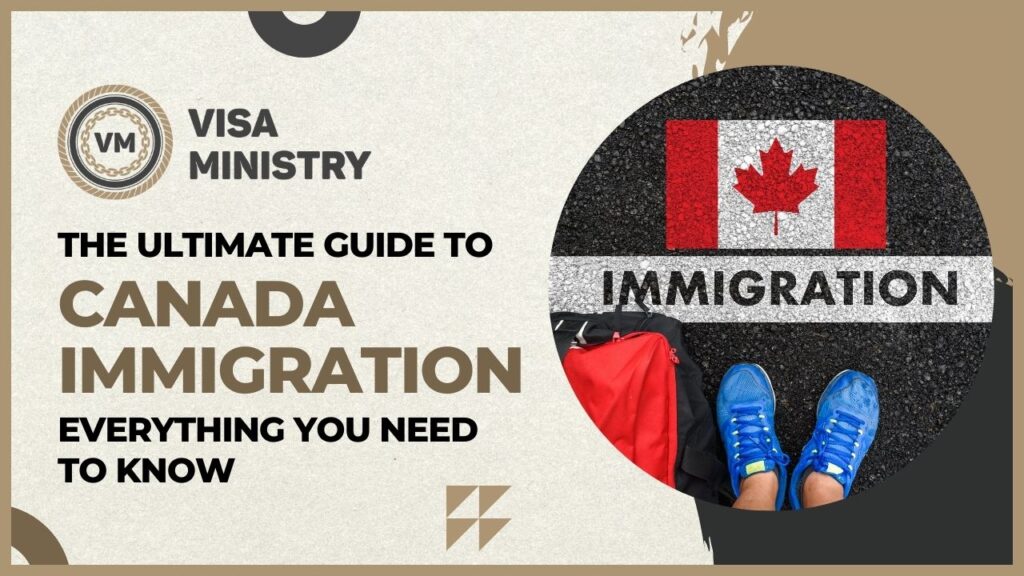Immigration to USA: Everything You Need to Know About
The United States of America has long been a land of dreams and possibilities for people from around the world. With its various cultures, thriving financial system, and emphasis on individual liberties, the US continues to attract a significant number of immigrants every year. However, navigating the complex immigration process can be overwhelming. In this article, we will offer you a complete guide to immigration to America, covering key factors from visa kinds and eligibility standards to the naturalization system and the advantages of becoming a permanent resident. 1. Visa Types and Eligibility Before embarking on your immigration journey to the United States, it’s crucial to understand the diverse visa options available and the eligibility standards related to each. The most common visa classes encompass: Nonimmigrant Visas These visas are temporary and permit people to stay inside the USA for a specific purpose. The B1/B2 visa is typically used for commercial enterprise and tourism, permitting individuals to attend conferences, meetings, or engage in short-term leisure activities. The F1 visa is for students pursuing academic or language programs, while the H1B visa is for skilled workers employed by U.S. companies. The L1 visa enables intracompany transfers for multinational corporations. Immigrant Visas Immigrant visas are intended for the ones looking for permanent residency in the USA. The most extensively diagnosed immigrant visa categories are family-based visas, employment-based total visas, and diversity visas (typically known as the Green Card Lottery). Family-based visas are available for immediate relatives (spouses, parents, and unmarried kids under 21) of the U.S. Citizens, in addition to a certain circle of family members of Green Card holders.Employment-based visas are granted to individuals with specialized skills or advanced degrees, and their employers must sponsor their immigration. The Diversity Visa Program is a lottery-based system that presents visas to individuals from countries with traditionally low immigration rates to the USA. READ ALSO: Everything You Need to Know About Immigrating to Australia 2. The Green Card (Lawful Permanent Residence) The Green Card, or Permanent Resident Card, is a large milestone on the direction to immigration to the United states. Holding a Green Card presents people the right to live and work permanently in the US. There are several avenues to obtain a Green Card, including family sponsorship, employment sponsorship, refugee or asylum status, and the Diversity Visa Program. Family sponsorship is available for immediate relatives of U.S. citizens and Green Card holders. However, there are limits on the quantity of visas to be had every year, and preference is given to immediate relatives. Employment sponsorship requires a U.S. employer to petition for an immigrant worker, demonstrating that no qualified U.S. workers are available for the position. Refugees and individuals granted asylum inside the USA can also be eligible to use for a Green Card after meeting specific residency and other requirements. Finally, the Diversity Visa Program allocates visas to individuals from nations with low quotes of immigration to the USA, promoting diversity inside the immigrant population. 3. Naturalization and Citizenship Once you’ve received your Green Card and lived in the USA as a permanent resident for a certain duration, you will be eligible to apply for U.S. Citizenship through the procedure of naturalization. Naturalization requires meeting certain standards, which include demonstrating proficiency in English, passing a civics test, and displaying good moral character. To practice for naturalization, candidates need to be at a minimum 18 years old and have been a permanent resident for a particular specific year (normally five years, even though a few exceptions apply). They must have resided continuously in the USA and demonstrate an understanding of U.S. history, government, and the English language. Additionally, candidates need to pass a background check and take an oath of allegiance Becoming a U.S. citizen offers additional benefits, including the right to vote, obtain a U.S. passport, and the ability to sponsor family members for immigration. 4. Benefits of Immigration Immigrating to the USA can open up a world of possibilities. Some of the key benefits encompass: Educational Opportunities: The USA is home to renowned academic institutions, offering a huge variety of educational packages and scholarships for international students. From prestigious universities to specialized vocational schools, the USA provides a platform for individuals to pursue their educational goals and gain valuable skills and knowledge. Economic Opportunities: The USA has a strong and dynamic economy, offering a plethora of job opportunities across various sectors. Immigrants contribute to the economy through their skills, entrepreneurship, and innovation. Many industries actively recruit international talent, providing avenues for career advancement and financial stability. Cultural Diversity: The USA is a melting pot of cultures, imparting an enriching surroundings wherein individuals from exclusive backgrounds can learn, develop, and share their traditions. Immigrants bring with them their unique perspectives, customs, and languages, contributing to the wealthy tapestry of American society. The USA celebrates diversity and promotes inclusivity, allowing individuals to embrace their heritage while becoming part of a larger multicultural community. Conclusion Immigrating to the USA is a life-changing decision that requires careful planning and adherence to legal procedures. By understanding the visa options, eligibility requirements, and benefits of immigration, individuals can navigate the process more confidently. Whether it is pursuing educational goals, seeking better career prospects, or embracing the American way of life, the USA continues to offer a land of opportunities for those who wish to call it their new home. Remember, immigration laws and regulations may additionally alternate through the years, so it’s far critical to consult with official government resources and seek legal advice when embarking for your immigration journey. Frequently Asked Questions (FAQs) References Homeabroadinc uscis Boundless Lawyersimmigration
Immigration to USA: Everything You Need to Know About Read More »


